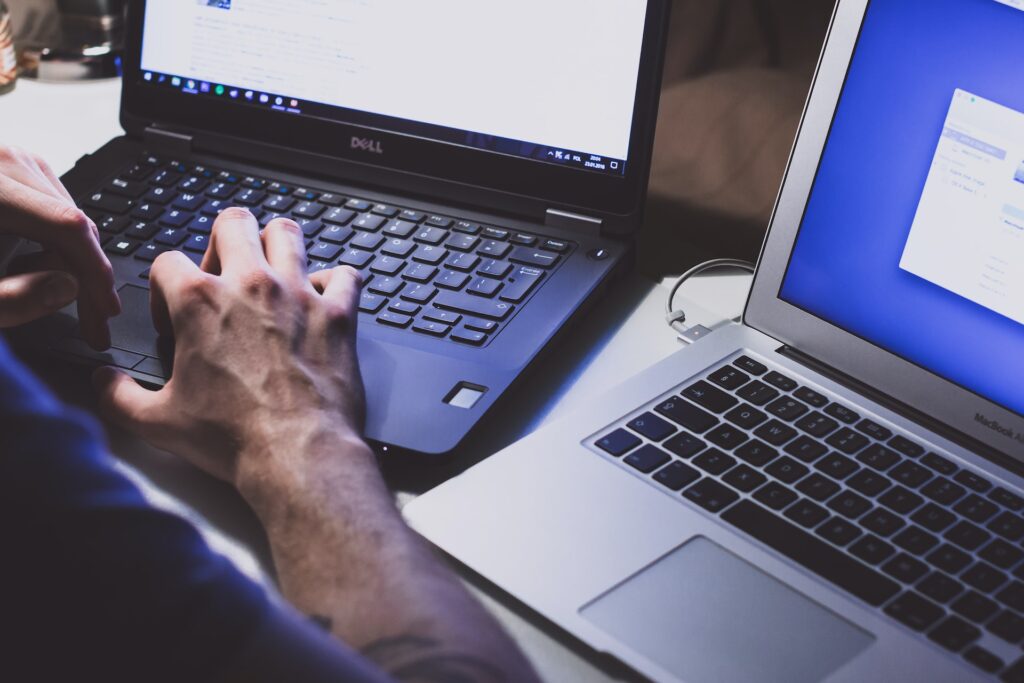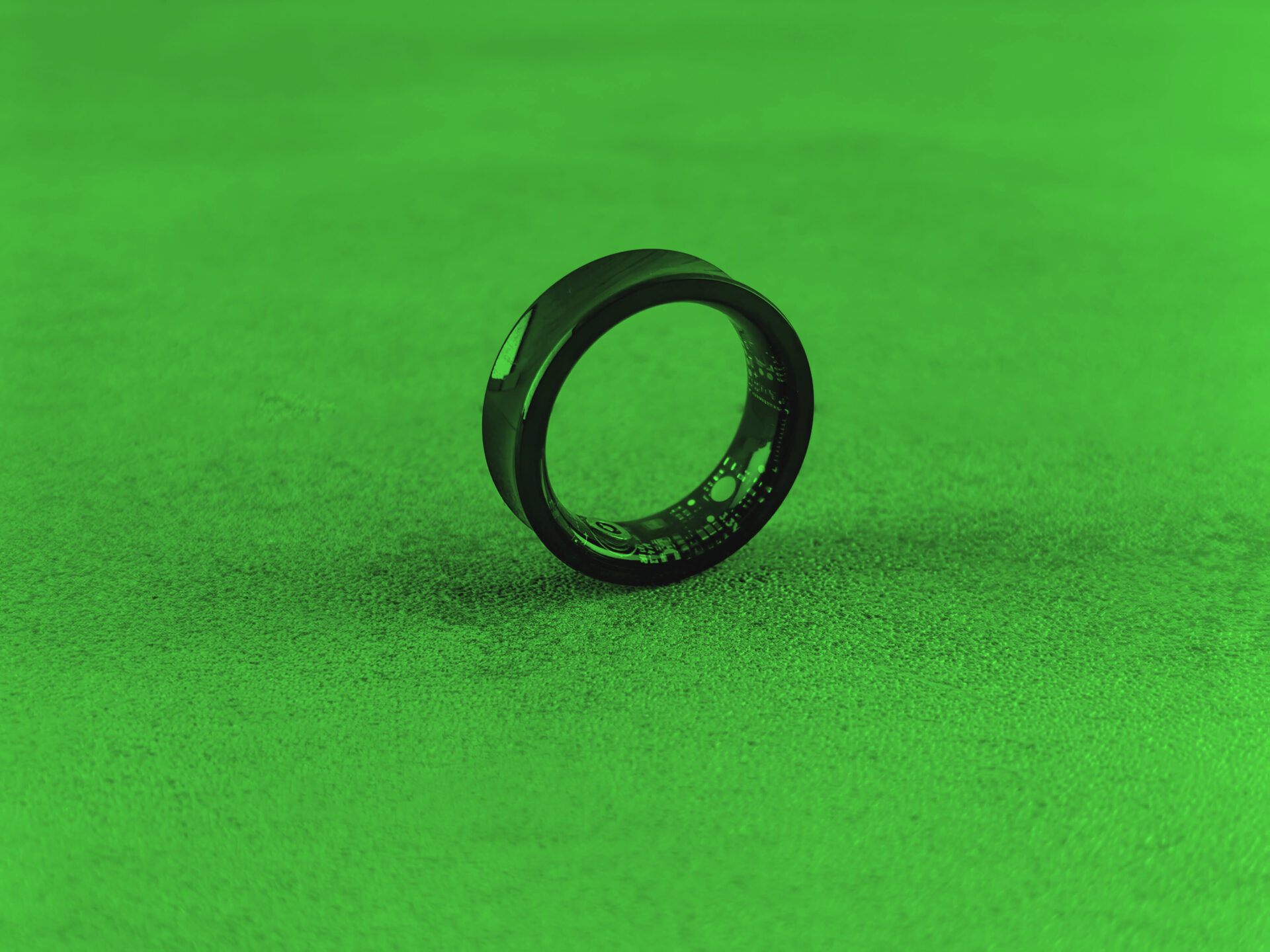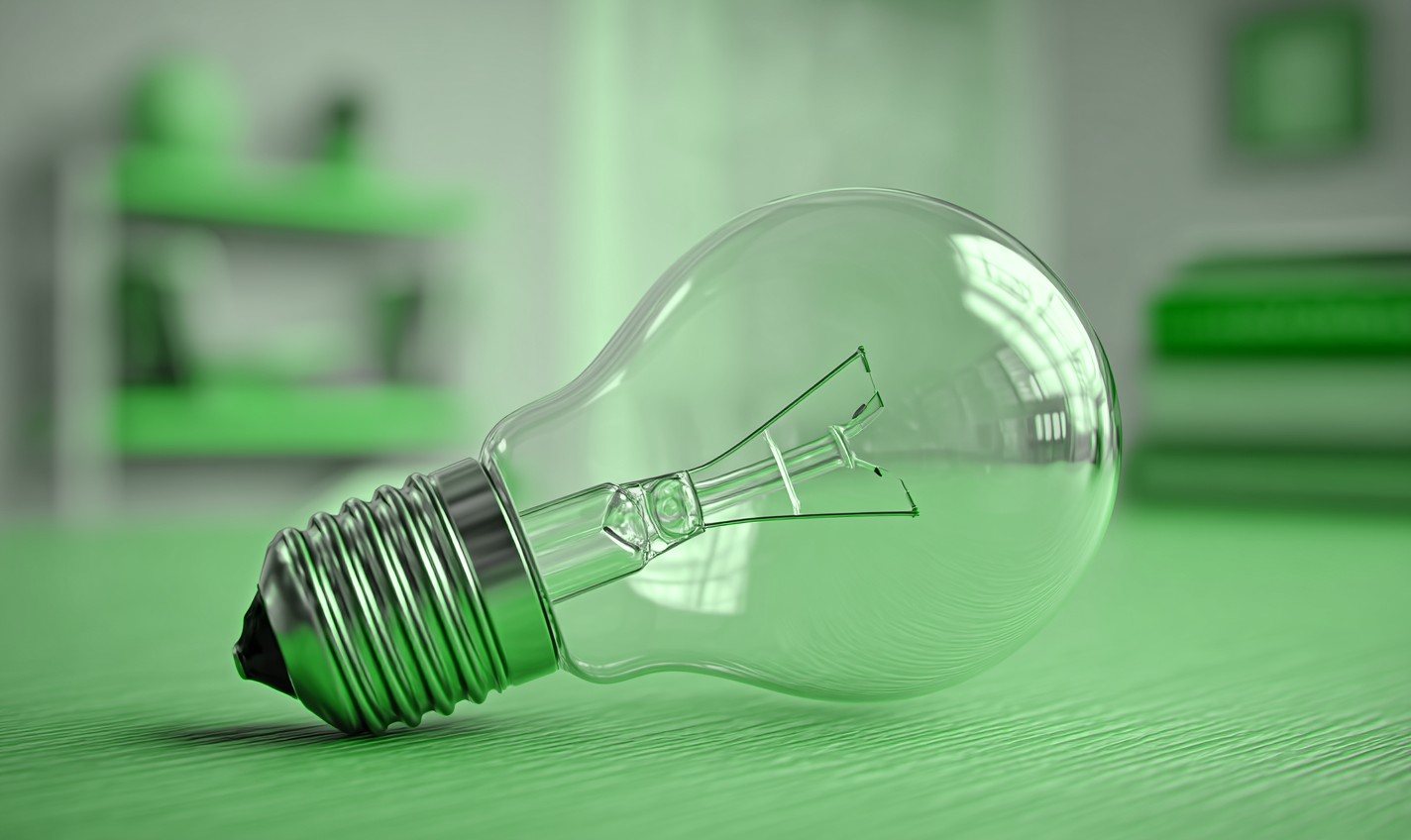Internet of Things (IoT) sensors collect data and send it to a defined piece of electronics equipment — often a computer processor. Sensors themselves are not new, especially considering their decades of history used to measure environmental conditions or assist countries during wartime. IoT versions, in particular, represent dramatic innovations compared to the less-advanced options before them.
Here’s a look at how IoT sensor data evolved. We’ll also explore some likely developments for the future.
The First-Known IoT Device
Many of the world’s most impactful inventions arise from a pressing need. Such was the case with the first IoT device in history. It was the early 1980s, and David Nichols, a computer science graduate at Carnegie Mellon University, craved a Coca-Cola. The nearest drink machine was quite a trek from Nichols’ location, and he worried the beverages would either be sold out or warm if he walked down to determine the situation.
Nichols envisioned a system that allowed tracking the contents of the soda machine remotely. He shared the idea with two other students, and the trio got to work on bringing the concept to life. They started focusing on the machine’s indicator lights, which either flashed briefly or stayed illuminated depending on beverage availability.
One of the students installed a gateway board to pull data from the indicators while another wrote a program to retrieve it every few seconds. Besides showing availability, the setup determined the number of minutes a bottle remained in the machine after someone restocked it, indicating coldness.
The team got the machine working by 1982, and the altered equipment became popular around campus. Students saw it as an opportunity to experiment — even after it no longer dispensed Coke.
In the early 2000s, another group of students connected the machine to a video camera feed showing a table where people often left free food. They could check the stream from other rooms to find out when to grab the goodies.
A few years later, forward-thinking students installed a screen on the machine to show weather data and other relevant information. These examples show that, even in the early days of IoT sensors, people were curious about making them collect meaningful data.
Businesses Were the First on Board With Sensor Data
Businesses — and the manufacturing sector, in particular — were eager to see what IoT sensors could do before most everyday consumers learned about them. Machine-to-machine (M2M) sensors were most often discussed in the early days. They allowed connected equipment to interact and take data from each other to streamline a company’s operations.
Radiofrequency identification (RFID) tags were among the first IoT applications used in the industrial world. Attaching an RFID sensor to an expensive piece of equipment gave enterprises real-time insights about where it was, preventing the hassles of misplaced items. Many industries, such as logistics and retail, still depend on RFID tags to keep tabs on equipment today.
Enterprises have advanced, though. Besides seeing location data, they get performance statistics from IoT sensors. It can reveal the average output and show room for improvement. An emerging business case for IoT sensors involves predictive maintenance.
Equipment sensors can give warnings about failures before they happen, staving off expensive production disruptions. Some businesses deploy them to monitor conditions. General Motors has advanced sensors to detect temperatures in the parts of its plants where people paint new cars coming off production lines. Being too hot or cold makes the coating set incorrectly, resulting in defects or wasted time.
IoT sensor data is also furthering improvements in health care. Wearable equipment can track a patient’s vital signs or assist with medication adherence. You can expect these applications to become even more prominent as the world grapples with keeping the COVID-19 pandemic threat at a manageable level.
Consumers Embrace the IoT
The first Amazon Alexa smart speaker arrived on the market in 2014. Many people think of it as the first IoT device intended for widespread consumer use. A combination of embedded sensors and advanced software helps the smart speaker detect speech, then speedily process it before giving a relevant response. Then, in 2018, Amazon announced Alexa’s compatibility with contact and motion sensors.
Potential use cases include a person speaking an Alexa command to turn on the lights in the living room when someone walks in, then turn them off after 30 minutes of no detected motion. Alexa could also assist by turning on lights in the pantry when a person opens a door and shutting them off once the person closes it. These examples highlight some of the reasons why people find Amazon speakers so convenient.
IoT sensors also make shopping simpler. Many grocery stores deploy IoT sensors within shelves. Those detect stock levels and alert employees to outages. Some stores even have shopping carts fitted with sensors. They respond to weight and movement, recognizing when a person places an item into the basket. Some retailers allow doing the check-out process right from the cart instead of requiring a person to wait in line.
A Fascinating Future for IoT Sensor Data
It isn’t easy to find an industry not using IoT sensors to some extent. Music festival attendees wear IoT-equipped wristbands so organizers can monitor traffic flow and address crowds. The agriculture sector often uses smart sensors to check water levels or look for pest infestations. Those examples illustrate the broad use cases available now. They also strongly suggest IoT sensor data will remain relevant.
Once people identify their needs, the next step is to see if IoT sensor data could address them. David Nichols did that decades ago, and people still successfully implement technology that way now. Expect to see that continuing in the months and years ahead.
Recent Stories
Follow Us On
Get the latest tech stories and news in seconds!
Sign up for our newsletter below to receive updates about technology trends




